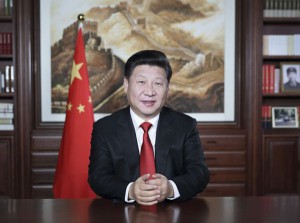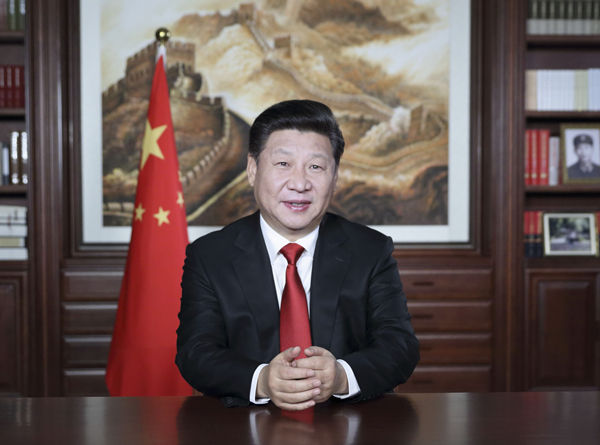BEIJING, Dec. 31 (Xinhua) — China’s cabinet, the State Council, has issued the Development Plan for National Standardization System Construction (2016-2020), according to the official website of Chinese government on Wednesday.
According to the document, China will basically complete the construction of a modern standardization system that supports national governance system and governance capability and has Chinese characteristics by 2020.
The main tasks of the development plan include optimizing standardization system, boosting standard implementation, improving standardization service capability, and strengthening international standardization work.
The development plan also includes specific plans for standardization in seven key areas, including agriculture and the countryside, manufacturing industry, service industry, social affairs, culture, government administration, and ecological protection, energy saving and emission reduction.
The development plan highlights ten key projects, including the agricultural product safety standardization project, the consumer goods safety standardization project, the energy-saving and emission-reduction standardization project, and the next-generation IT standardization project. (Edited by Li Xiaoyu, Lixy@xinhua.org)
Meanwhile, the Ministry of Industry and Information Technology and the Standardization Administration of China have jointly publicized the Guidance on National Intelligent Manufacturing Standard System Construction (2015), the Xinhua-run cnstock.com reported.
The document clarifies the overall requirement, construction idea and content, and method of organization and implementation for building a national intelligent manufacturing standard system.
According to the document, the national intelligent manufacturing standard system will include five basic standards on foundation, security, management, examination and appraisal and reliability, respectively. Meanwhile, it will include key technological standards on intelligent equipment, intelligent factory, intelligent services, industrial software and big data, and industrial Internet.
The guidance is expected to remove the bottleneck in boosting intelligent manufacturing, which is related to data integration and interconnection. The guidance will be revised in every two or three years. (Edited by Li Xiaoyu, Lixy@xinhua.org)
China to soon surpass U.S. to become top consumer of Chilean wine
SANTIAGO, Dec. 30 (Xinhua) — “China will soon surpass the U.S. as the top consumer of Chilean wine,” Claudio Cilveti, general manager of Vinos de Chile, the country’s wine association, told Xinhua on Wednesday.
According to Cilveti, the sales of Chilean wine have grown by 43 percent in the last five years in China and should grow by around 30 percent in 2016, making the country the second-largest customer.
“Chilean wineries are currently seeing sales of 150 million U.S. dollars a year in China, which are set to reach 180-190 million U.S. dollars (in 2016),” he said.
“I believe that our sales to China can still greatly increase as this country is undergoing a cultural change,” said Cilveti.
According to Cilveti, Chinese people consume less than a liter of wine a year per capita, and he is expecting a change with a new economic model which prioritizes consumption in the country,
Cilveti, who was speaking during a conference on the future of Chilean wine, said that Chile is now the third-largest provider of wine to China, following France and Australia.
“This is a great opportunity as Chinese customers like having long-term relationships. Chilean wines have been warmly received and 25 Chilean wineries now have offices in the country,” he said.
Cilveti also attributed this success to the free-trade agreement signed between the two countries in 2006.
Source Xinhua, editor Xuefei Chen Axelsson





